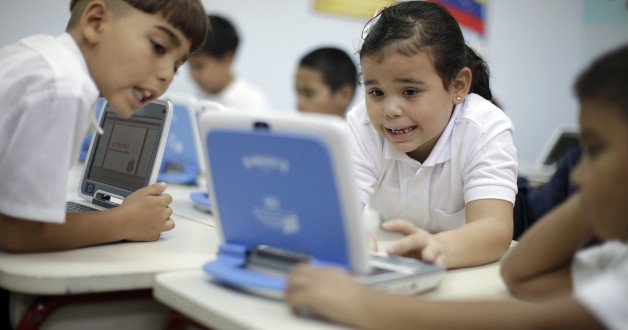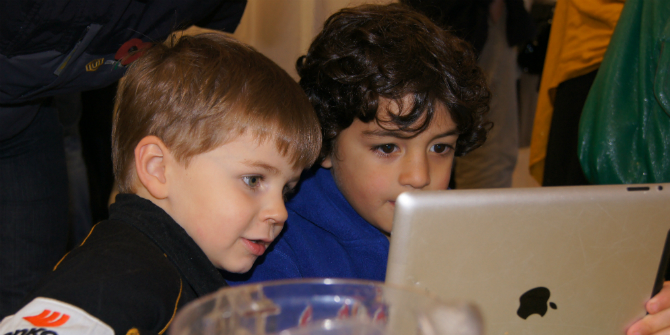 Professor Sonia Livingstone explains the significance of the UN Committee on the Rights of the Child’s adoption of a General Comment on children’s rights in relation to the digital environment.
Professor Sonia Livingstone explains the significance of the UN Committee on the Rights of the Child’s adoption of a General Comment on children’s rights in relation to the digital environment.
To some, this is obvious: human rights apply online as offline, and children are people, ergo children’s rights apply in the digital world.
To others, this is a problem. I’ve heard it said that children should not be on the internet. That parents should keep children away from everyone else online. Or, while acknowledging that children are one in three of the world’s internet users, that governing the internet in their best interests is too difficult, expensive and impractical.
Today, the UN Committee on the Rights of the Child has adopted General Comment 25 on children’s rights in relation to the digital environment. This is an exciting opportunity to make real the claim that rights apply online as offline, and it has been long in the making.
HORRAY! The UN Committee on the Rights of the Child adopted General Comment 25 on Children’s rights in relation to the digital environment. Fantastic document to be officially unveiled in a few weeks on the OHCHR website (when it has gone through final editing and translations).
— Philip D. Jaffé (@lexpsy) February 4, 2021
In relation to the digital environment, it’s a game changer. The General Comment will land on the desk of every government in the world. It clarifies what the digital environment means for children’s civil rights and freedoms, their rights to privacy, non-discrimination, protection, education, play and more. It also explains why States and other duty bearers must act and, within the limits of 10,700 words, how they should act.
To explain a little, as the primary duty bearer, the State is accountable for the provisions of the UN Convention on the Rights of the Child (UNCRC) and it must report periodically on how it has met these obligations to the Committee as the treaty body. States are also obliged to ensure that all duty bearers within their jurisdiction meet their responsibilities to children’s rights – including businesses and others whose activities significantly impact on children.
A General Comment is an authoritative document which sets out how the UNCRC should be interpreted and implemented by States – in this case, in relation to the digital environment. Like the Convention itself, a General Comment must apply in wealthier and poorer nations, to governments of all political stripes, and for all children whatever their abilities or circumstances.
Article 12 of the UNCRC is the child’s right to be heard in matters that affect them, and to honour this, the drafting team consulted children around the world, especially in the Global South. Children had a lot to say, and many insights to contribute, and these were carefully considered in preparing the General Comment. On behalf of the Committee, Amal Aldoseri, Olga Khazova and Philip Jaffé thanked the 700+ children from 27 countries for their consultation responses.
Readers of the Media@LSE blog will be well aware of the many challenges that lie ahead – and these were also signalled in the expert consultations which informed the drafting of the General Comment. They may be less aware of the many and vocal calls for more to be done to respect, protect and fulfil children’s rights in the digital world. These were expressed strongly in both the children’s consultation and also the expert consultations held during 2020.
Of course, now the real work begins. But it’s good to have our bearings, and our mandate, in terms of what, why and how.
This article represents the views of the author and not the position of the Media@LSE blog, nor of the London School of Economics and Political Science.






Fantastic news and, so timely. I particularly like how, in preparing the General Comment, children’s voices were “carefully considered”. This is what I would define ‘good practice’ and yet again, another wonderful example of impactful research.
As you say, now the real works begins but let’s enjoy this moment of victory! Very well done Sonia & team!
Thank you, Sonia for your expertise and the big efforts you have put to help us at the Committee on the Rights of the Child develop this very timely and extremely important guide for states in their protection of children’s rights in the digital environment.
Looking forward for the launch of the GC on our website by mid-March.
Vice-champion, the Committee on the Rights of the Child
Co-coordinator, GC 25